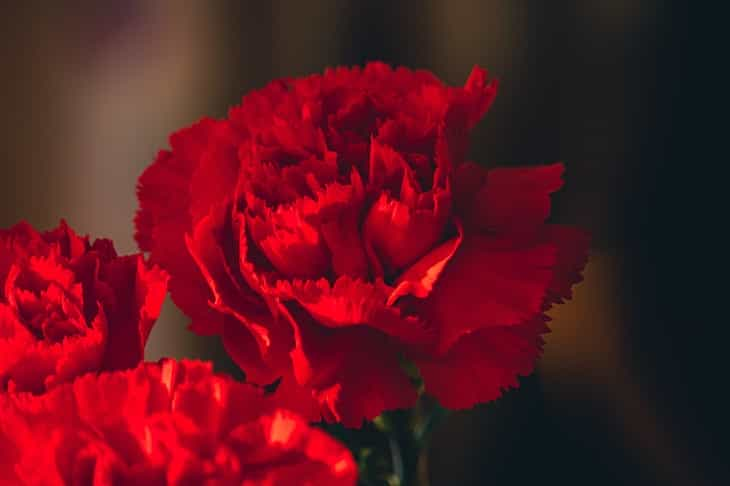You Grow Carnations Wrong: Gardening Mistakes
Carnations can make your garden look beautiful, but only if you take proper care of them.
It's not that hard to grow healthy, beautiful carnations, but new gardeners tend to make some mistakes.
Here are a few popular mistakes that can destroy your garden flowers.
Overwatering
Carnations prefer well-drained soil.
Overwatering can lead to root rot. Allow the soil to dry slightly between watering.

Poor Soil Drainage
Carnations dislike standing water.
Ensure the planting site has good drainage to prevent waterlogged soil conditions.
Insufficient Sunlight
Carnations thrive in full sunlight. Inadequate sunlight can lead to weak and leggy growth.
Plant them in a location where they receive at least six hours of sunlight daily.
Crowded Planting
Avoid overcrowding your carnations.
Plant them with enough space between each plant to allow proper air circulation, reducing the risk of diseases.
Ignoring Pruning
Regular pruning is essential for carnations.
Pinch off faded flowers to encourage more blooms and maintain a tidy appearance.
Neglecting Fertilization
Carnations benefit from regular feeding.
Use a balanced fertilizer during the growing season, following the recommended application rates.
Incorrect Planting Depth
Plant carnations at the right depth. The crown (where the stem meets the roots) should be at soil level.
Planting too deep or too shallow can affect their health.
Ignoring Pests
Keep an eye out for common pests like aphids and spider mites.
Regularly inspect your plants and take appropriate measures if pests are present.
Overlooking Soil pH
Carnations prefer slightly alkaline soil. Test the soil pH and make adjustments if necessary.
Adding lime can help raise pH levels.
Recently, we talked about growing haworthia.

